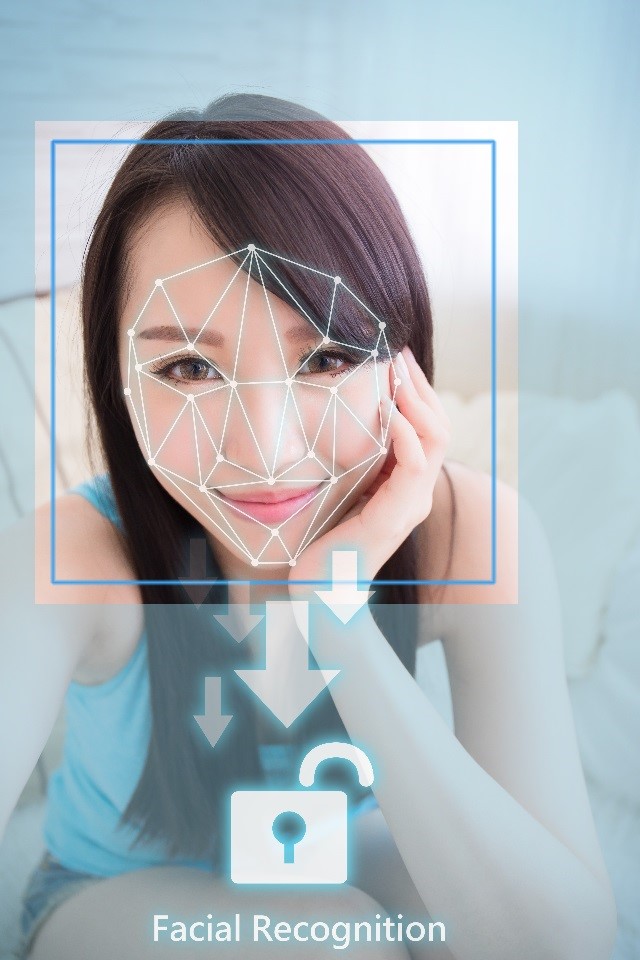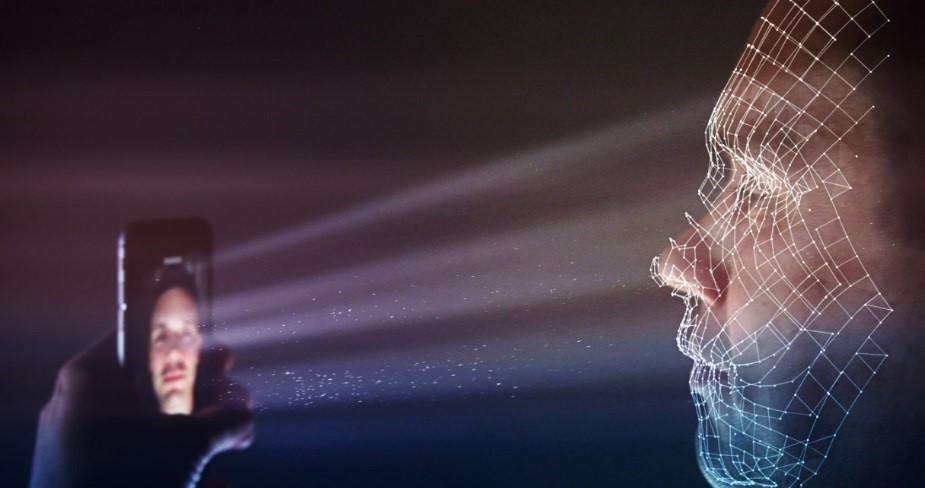Do you know that the idea of facial recognition technology was popular within science fiction before the internet was even invented? Back in 1966, face scans were used to enter the “Star Trek” archives, while in the late 80s “Robocop” uploaded an image of a villain into a computer which identified the person using a photograph database.
Today, we’re still amazed when we realize that the world of “Minority Report” is about to become a real part of our daily routine. We watched with fascination as Tom Cruise walked into a Gap store and was asked if he’s still enjoying the trousers he bought last week. Ever since then, technology like this has been every retail marketer’s dream.
As we discussed in “The evolution of biometrics”, people have recognized one another through their faces, voices and expressions – all forms of biometric data – for thousands of years. But nowadays, facial recognition technology is no longer a futuristic dream, it is happening.
Firstly, what is Facial recognition?
As described by ID4D report, facial recognition uses the features of the face that do not change significantly with age or through surgery. These include the eyebrow ridge, cheekbones, edges of the mouth, distance between the eyes, width of the nose, and shape of the jawline and chin. Facial recognition systems use these characteristics to identify or verify a person from a digital image.
The technology has great potential and is expected to open many doors and opportunities. Here are six reasons why you should seriously consider facial recognition:
-
Simplify end user identity verification
From on-boarding new customers to providing support and opening up access to new services, creating secure digital identities is paramount at each stage of the customer journey. Each part of the experience, including identity verification and authentication, must be as frictionless as possible while ensuring security is never compromised.
Several industries and sectors have been disrupted by the digital economy, and at the same time in-person identity verification is quickly becoming an archaic and inefficient process. Companies in all sectors are being challenged by new consumer models. They must redesign processes and improve the accuracy of their remote identity verification without increasing customer friction.
The combination of facial recognition with other technologies such as document verification, optical character recognition and knowledge-based verification simplifies processes and enables more accurate creation of trusted digital identities. Defense, Governments, banks, telecom operators and ecommerce, as well as airports, casinos and other industries, are implementing this technology to verify identities and maintain security.

-
Make authentication simple and more secure
We’ve all struggled to remember complicated username and password combinations when trying to access an online service. Facial recognition doesn’t require users to take any specific or significant action and supports most camera enabled devices.
These days, almost every mobile device can enable the technology needed for enrollment and authentication. This trend, coupled with a simplified user experience, positions facial recognition as one of the easiest and most effective ways to replace or complement passwords.
Several sectors are moving in this direction. The Construction Bank of China, among other large banks, is implementing facial recognition to verify a customer’s identity and authenticate them to transact, while Airbnb plans to introduce check-ins using facial recognition. Other organizations are using the technology to identify employees and provide them with authorized access.

-
Play a role in regulatory compliance
Facial recognition enables a bridge between digital and real-world identities, by verifying that the person connected remotely is who he or she really claims to be. While enabling full digitalization of the current verification process, facial recognition can play a key role in complying with know-your-customer (KYC) and anti-money-laundering regulations.
On top of the cost of ensuring data privacy with new regulations, fines for verification-related noncompliance are increasing. In January 2017, Western Union paid a record $585 million to settle charges that it facilitated fraud by failing to properly enforce its anti-money laundering systems, resulting in the processing of “hundreds of millions of dollars” in illegal transactions.
GDPR, PSD2 and the Fifth EU AML Directive (5AMLD) regulations will make verifying identities even more critical. As a reference, firms that don’t comply with GDPR regulations could face fines of up to 4% of their global revenue.
-
Reduce cost
Traditional processes like customer enrolment, identity verification and management of password authentication systems are very expensive to maintain.
Enabling remote facial recognition can significantly reduce enrolment time and operational costs, for both new account creation and return customers accessing new services. As a result, companies see an immediate reduction in manual processes, paperwork, data validation, handling, and most importantly, the time taken to verify the identity of the user.
In addition, when customers or employees use biometrics for authentication, there are fewer password issues and therefore reduced help desk and compliance costs. Forrester found that several large US-based organizations allocate more than $1 million a year just to cover password-related support costs, and that’s in addition to any costs related to credential theft after a breach.
Furthermore, simplified and secure authentication impacts the bottom line. Forgotten passwords hurt sales. In 2017, consumers abandoned almost 80% of online shopping carts. One-third of the time, it’s because they couldn’t remember their password.
-
Improve fraud detection
Passwords are still actively used as the most common authenticator, but they’re also a huge security threat. 89 per cent of people use the same one or two passwords for everything, and according to a 2017 report from Verizon, 80 percent of breaches are caused by insecure passwords.
Facial recognition combined with other technologies deters fraudsters and improves fraud detection. Several banks are adding security features to their ATMs to identify cardholders and enable them to make transactions. This technology is also helping banks to identify black listed or VIP customers in their customer service centers. Other companies, such as Amazon, are including facial recognition as a verification step to eliminate fraud. After taking a selfie, the user will be prompted to smile or wink to confirm they’re a human being.

-
Personalise customer experience
We discussed at the beginning of this post how the marketer’s dream of Minority Report is becoming a reality. We’re facing a new era where a combination of technologies like Augmented Reality, AI, mobile and biometric recognition is enabling this world.
Retailers are already using facial recognition to track customer activity, buying behavior and emotional feedback about products and offers. The Alibaba Group for example, implemented facial recognition to understand shopping experience at Taobao, a cashier-less coffee shop. When a user walks to the counter and say they wants a cup of Americano, their face is scanned, and the price of the coffee is deducted from their Alipay account. Other retailers like Wal-Mart have been using facial recognition to catch shoplifters.
Some other sectors, from travel to automotive, are testing how this technology could transform the customer experience. Ford Motor Company, Jaguar Land Rover, Subaru, Lufthansa, Quantas and several airports around the world are just a few examples.
Facial recognition is becoming one of the most popular technologies to ensure identity verification and authentication. It has huge potential to disrupt several industries and is already helping various organizations and industries to change the way they manage, verify and authenticate end users’ identities.
The future for the technology looks bright and promising. It’s a win-win for firms and their customers, with a process that is faster, more secure and frankly, cooler, than using traditional credentials like passwords (yes, I know, I really want to see the end of passwords). This also improves the customer experience and delivers tangible business benefits.
Of course, we know that one solution doesn’t fit everything, and it’s the combination of different technologies that will make the difference in enabling digital transformation and providing a safer and smoother customer experience. We will continue exploring all the possibilities in this blog, so please keep following! Or share your thoughts on facial recognition in the comments below.


